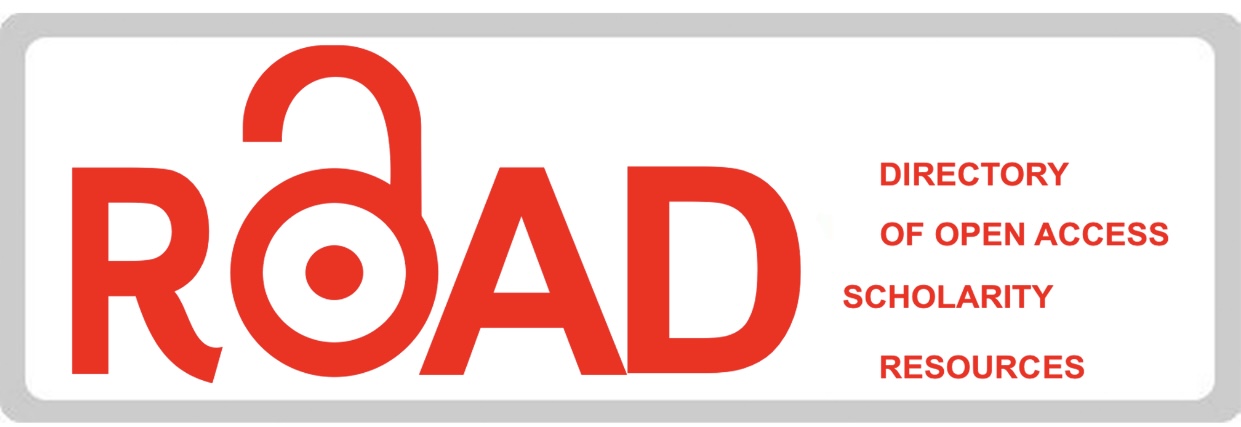Three-Dimensional Analysis of PT Pertamina's Customer Oriented Perspective of New Public Management
Downloads
In the past few years, the country's manufacturing companies have been caught in a vicious cycle caused by poor working capital to affect the investment surplus. Using the New Public Management approach is considered suitable for carrying out the process of public value creation. There is limited literature which discusses the importance of customers' role from the perspective of New Public Management. This research discusses about customer-oriented public services precisely at PT Pertamina. This research aims to see the importance of customer position in a company because their relationship is important as customers need products and companies need trust from customers so that profitability is maintained. This research method is descriptive analysis. The results of study show that Pertamina in the NPM approach seen from the aspect of orientation towards customers has met customer needs. From the affective dimension, Pertamina always provides motivation to employees with various awards, providing good attitude and responsiveness, both to customer and fuel supply distribution. The cognitive dimension shows that Pertamina is always reactive in providing information through various types of services, preparing strategies to respond to competitors, and responsiveness in inconsistencies conditions. From responsiveness dimension shows that Pertamina can provide services align with customer needs such as providing services that can be reached by customers. Pertamina is able to prioritize customers by always paying attention to the service commitment provided making it one of the State-Owned Enterprises that could increase the capacity of services quality to the community as it should.
Keywords: New Public Management, Reinventing Government, Customer Oriented
Ali, Y., & Haliah, H. (2021). Implementation of New Public Management Concept in Budget Preparation in Indonesia. International Journal of Social Science Research and Review, 4(3), 28–36. https://doi.org/10.47814/ijssrr.v4i3.95
Aragón-Correa, J. A., & Sharma, S. (2003). A Contingent Resource-Based View of Proactive Corporate Environmental Strategy. Academy of Management Review, 28(1), 71–88. https://doi.org/10.5465/amr.2003.8925233
Barzelay, M., & Armajani, B. J. (1992). Breaking through bureaucracy: A new vision for managing in government. University of California Press.
Bose, S. (2011). Restructuring State-owned Enterprises of a State Government of India: Problems, Prospects, and Lessons Learnt. Vikalpa, 36(3), 47–60. https://doi.org/10.1177/0256090920110304
Colon, M., & Guérin-Schneider, L. (2015). The reform of New Public Management and the creation of public values: Compatible processes? An empirical analysis of public water utilities. International Review of Administrative Sciences, 81(2), 264–281. https://doi.org/10.1177/0020852314568837
Delmas, M. A., & Pekovic, S. (2013). Environmental standards and labor productivity: Understanding the mechanisms that sustain sustainability. Journal of Organizational Behavior, 34(2), 230–252. https://doi.org/10.1002/job.1827
Denhardt, R. B., & Denhardt, J. V. (2000). The New Public Service: Serving Rather than Steering. Public Administration Review, 60(6), 549–559. https://doi.org/10.1111/0033-3352.00117
Glazer, R., & Weiss, A. M. (1993). Marketing in Turbulent Environments: Decision Processes and the Time-Sensitivity of Information. Journal of Marketing Research, 30(4), 509–521. https://doi.org/10.1177/002224379303000409
Gotteland, D., & Boulé, J.-M. (2006). The market orientation–new product performance relationship: Redefining the moderating role of environmental conditions. International Journal of Research in Marketing, 23(2), 171–185. https://doi.org/10.1016/j.ijresmar.2005.08.001
Halachmi, A. (1995). Preparing the public workforce for the twenty"first century: Thechallenge. Work Study, 44(2), 8–13. https://doi.org/10.1108/00438029510082549
Kim, Y., & Kim, H. (2022). Social value in public enterprises from the perspective of Creating Shared Value (CSV): The case of the Korea Expressway Corporation. International Review of Administrative Sciences, 88(4), 1211–1227. https://doi.org/10.1177/00208523211029765
Kohli, A. K., & Jaworski, B. J. (1990). Market Orientation: The Construct, Research Propositions, and Managerial Implications. Journal of Marketing, 54(2), 1–18. https://doi.org/10.1177/002224299005400201
Moore, M. H. (2001). Creating Public Value: Strategic Management in Government (6. print). Harvard Univ. Press.
Narver, J. C., Slater, S. F., & MacLachlan, D. L. (2004). Responsive and Proactive Market Orientation and New"Product Success *. Journal of Product Innovation Management, 21(5), 334–347. https://doi.org/10.1111/j.0737-6782.2004.00086.x
Osborne, D., & Gaebler, T. (1992). Reinventing Government: How the Entrepreneurial Spirit is Transforming the Public Sector. Penguin.
Pertamina. (2017). Tingkatkan Komitmen Layanan, Pertamina Luncurkan My Pertamina Loyalty Program dan Bright Package | Pertamina. https://pertamina.com/id/news-room/news-release/www.pertamina.com
Pertamina. (2019). Pertamina Contact Center 1 500 000 Raih 12 Penghargaan The Best Contact Center Indonesia | Pertamina. https://pertamina.com/id/news-room/energia-news/www.pertamina.com
Pertamina. (2021). Single Contact Center 135 Optimalkan Layanan Pertamina | Pertamina. https://www.pertamina.com/id/news-room/news-release/www.pertamina.com
Yang, H., Carmon, Z., Kahn, B., Malani, A., Schwartz, J., Volpp, K., & Wansink, B. (2012). The Hot–Cold Decision Triangle: A framework for healthier choices. Marketing Letters, 23(2), 457–472. https://doi.org/10.1007/s11002-012-9179-0
Copyright (c) 2023 Ririn Gonzales, Rizki Amalia Putri, Siska Puspita Sari

This work is licensed under a Creative Commons Attribution-ShareAlike 4.0 International License.
All articles submitted by the author and published in the Jejaring Administrasi Publik are fully copyrighted to their authors under the Creative Commons Attribution-ShareAlike 4.0 International License. The formal legal aspect of journal publication accessibility refers to the Creative Commons Attribution-ShareAlike (CC BY-SA).
















